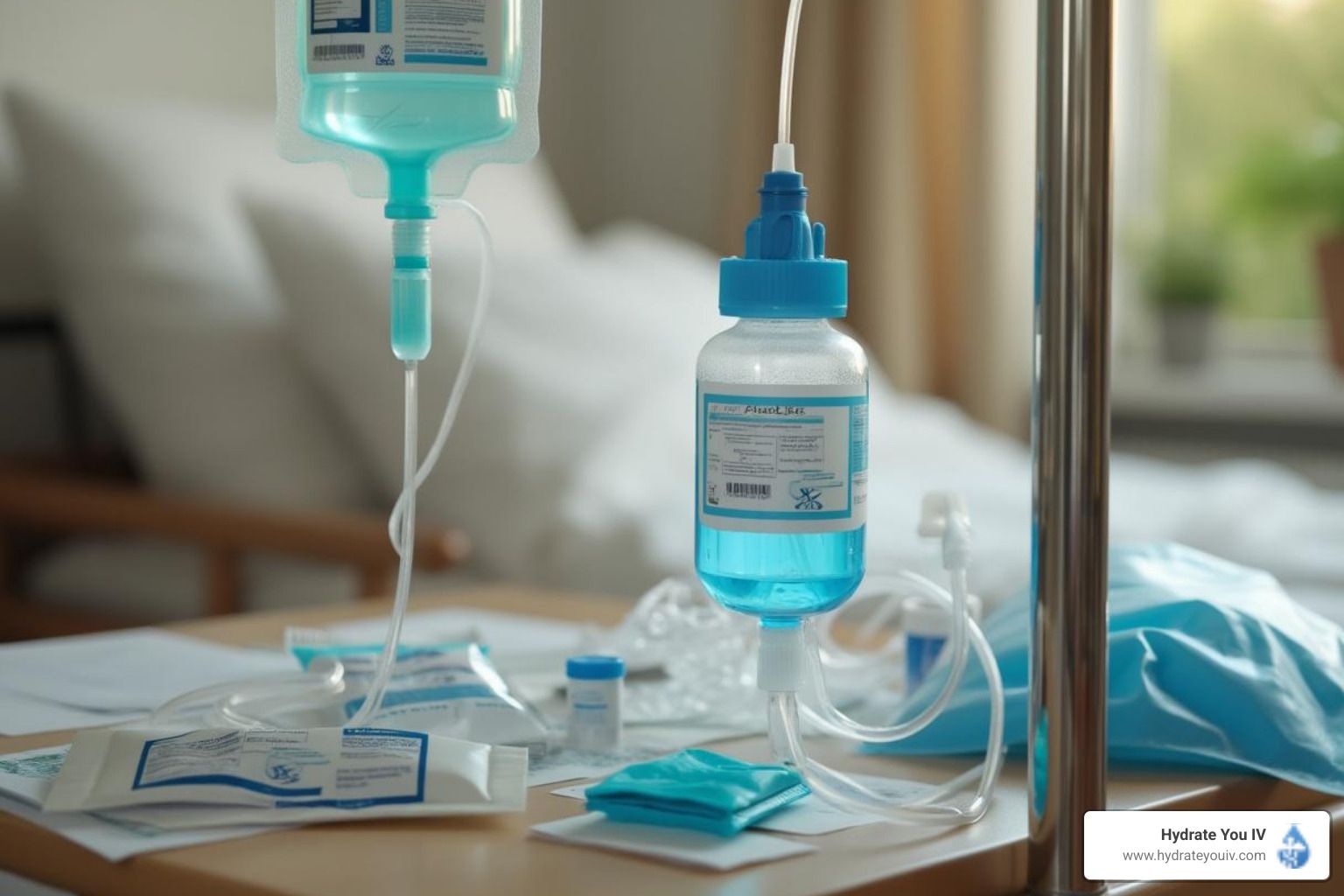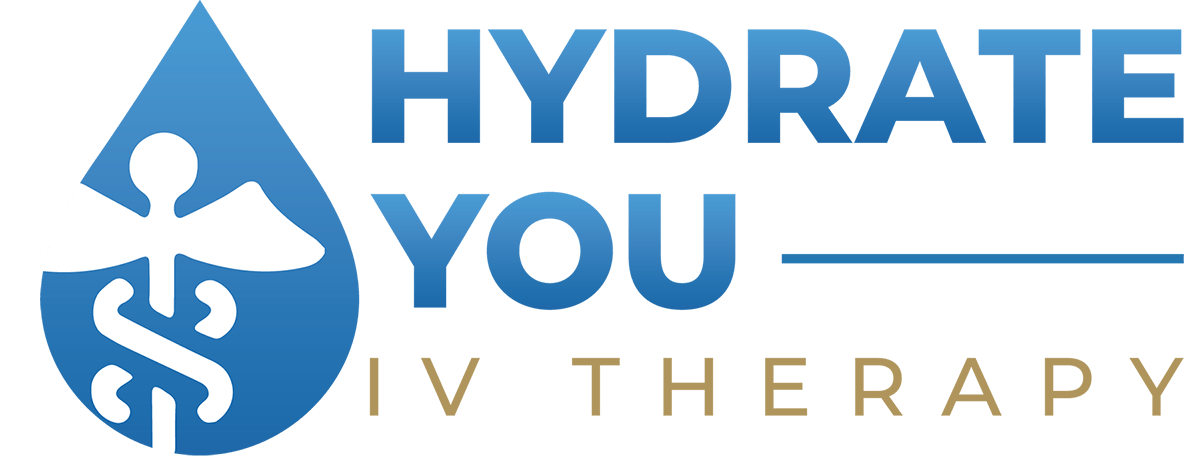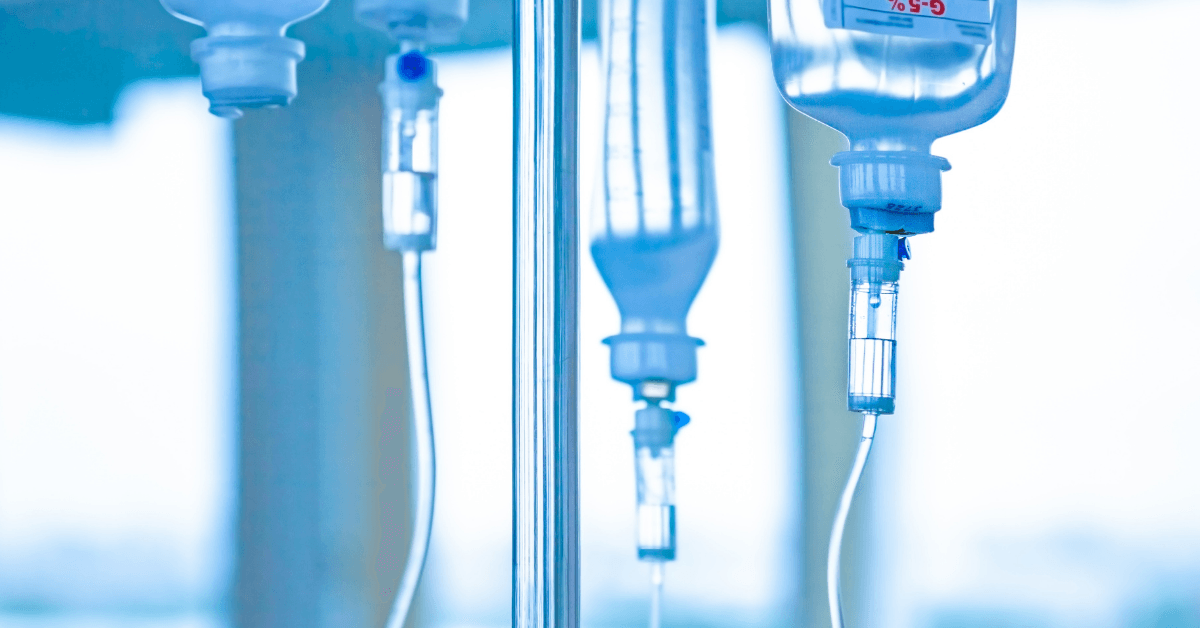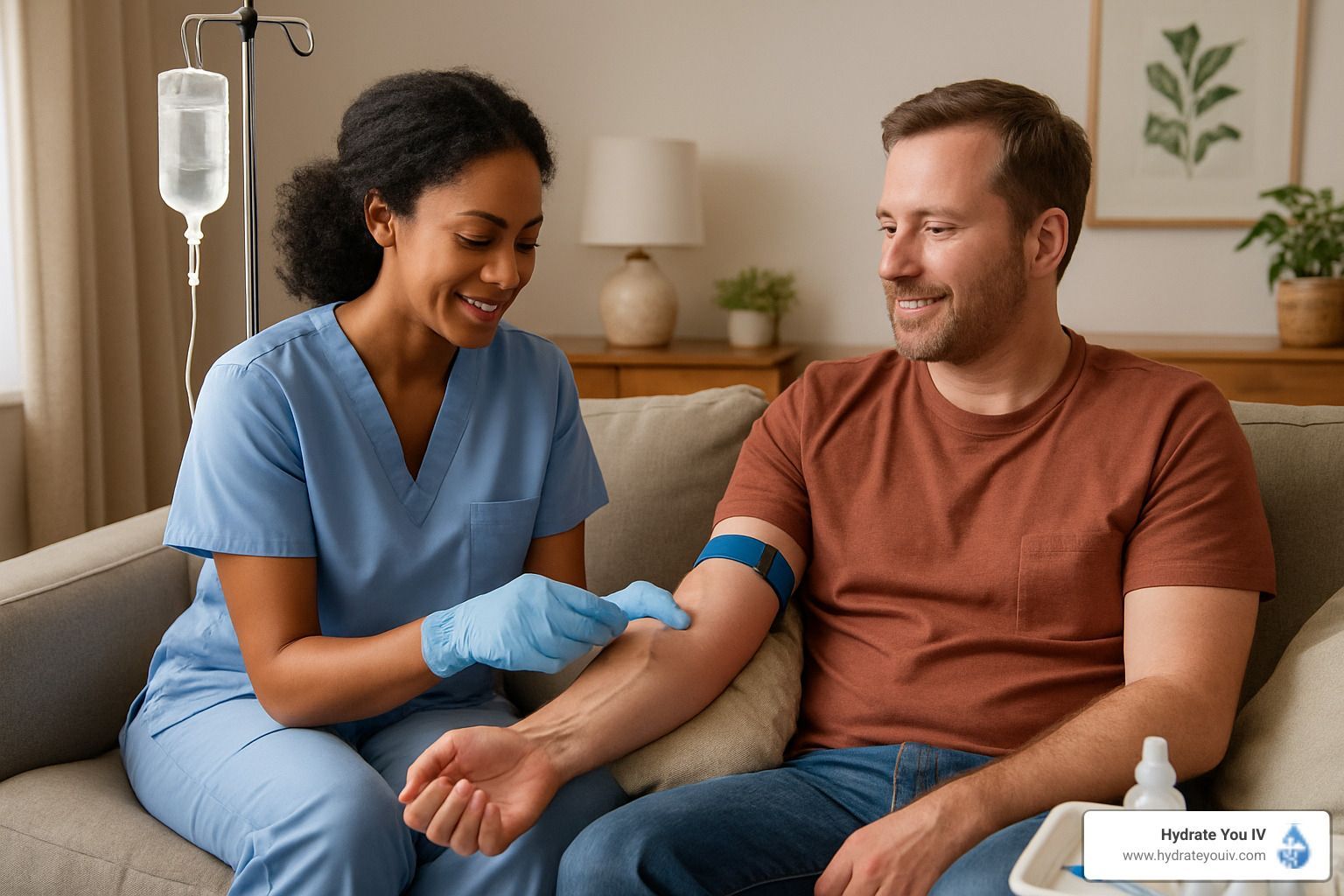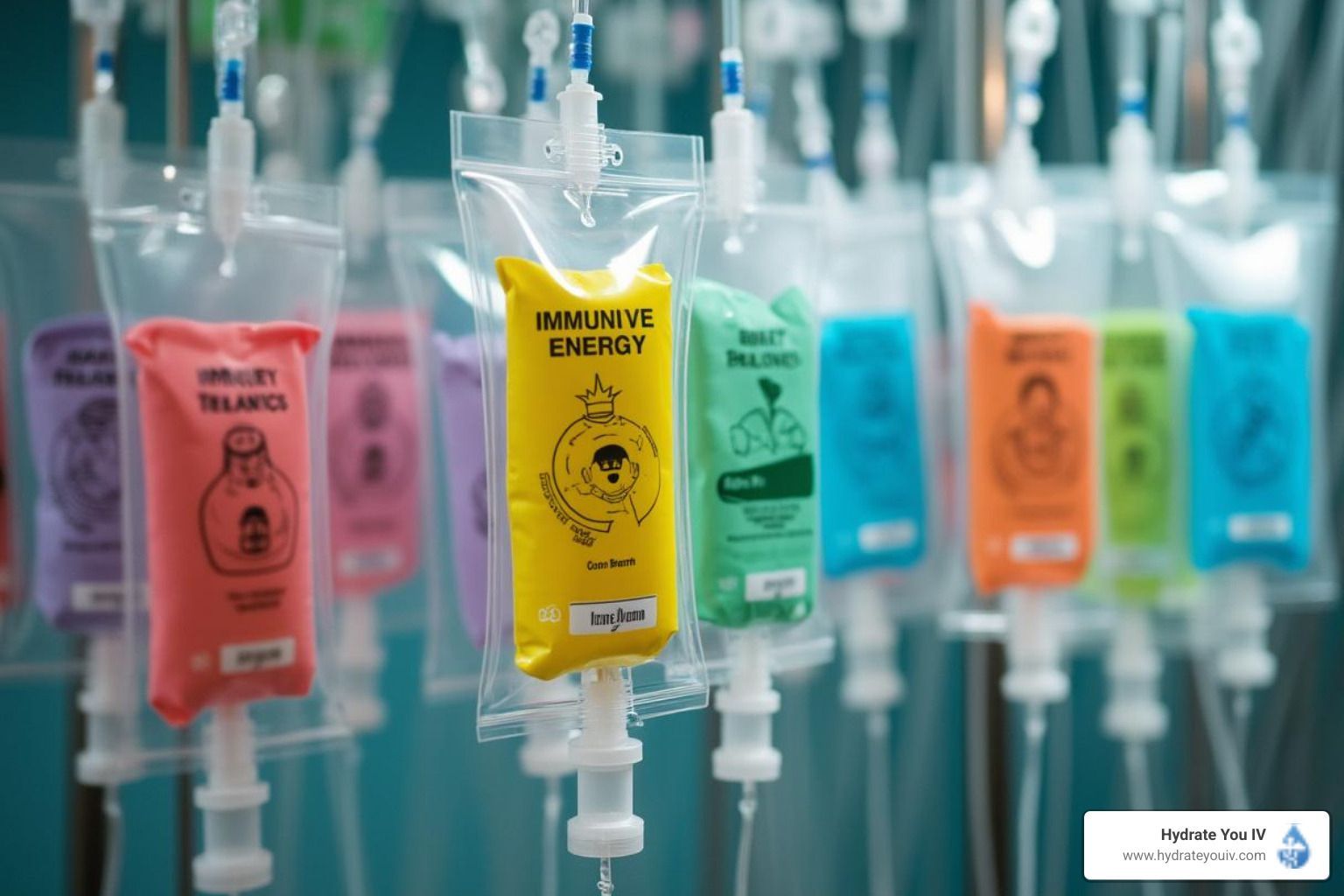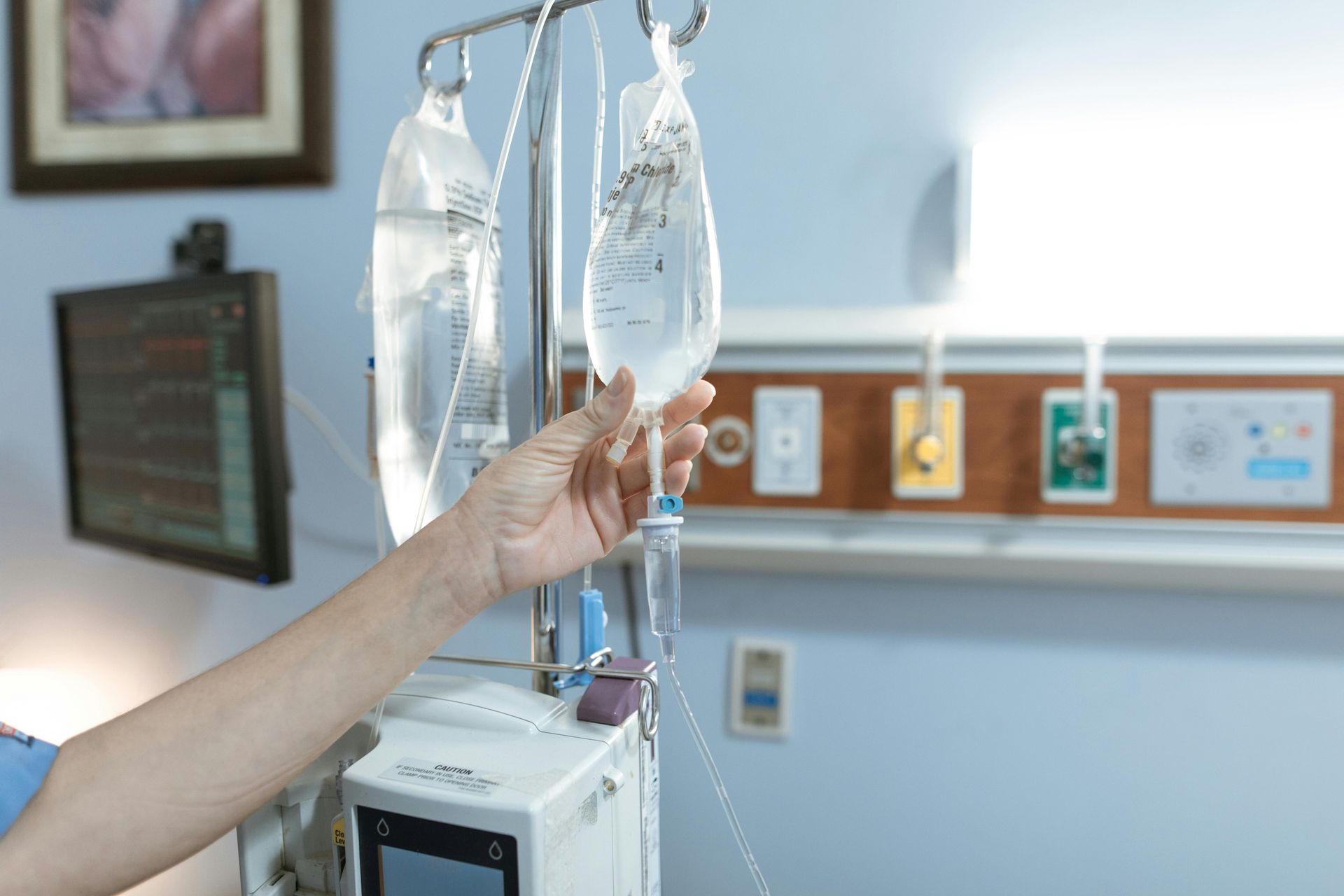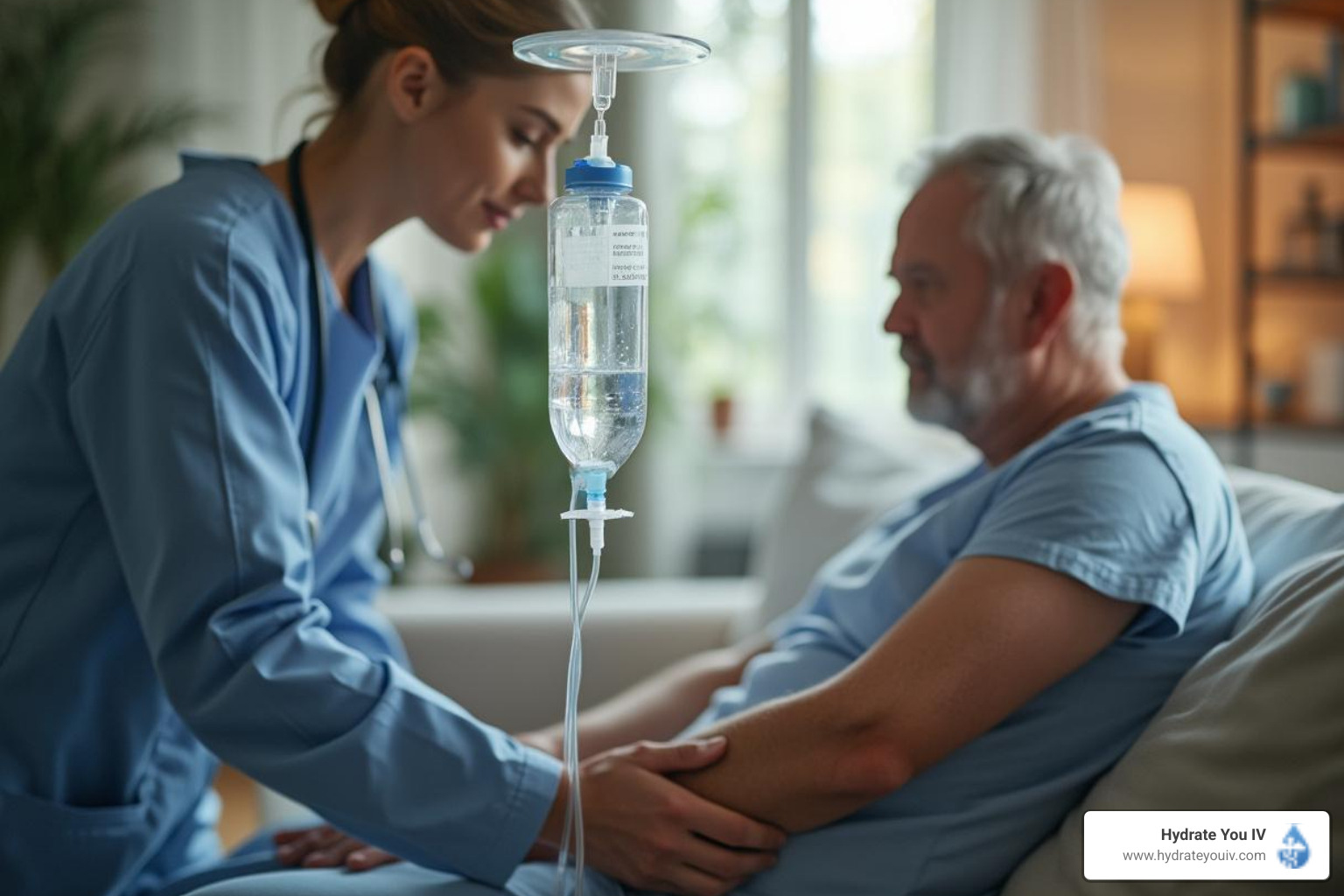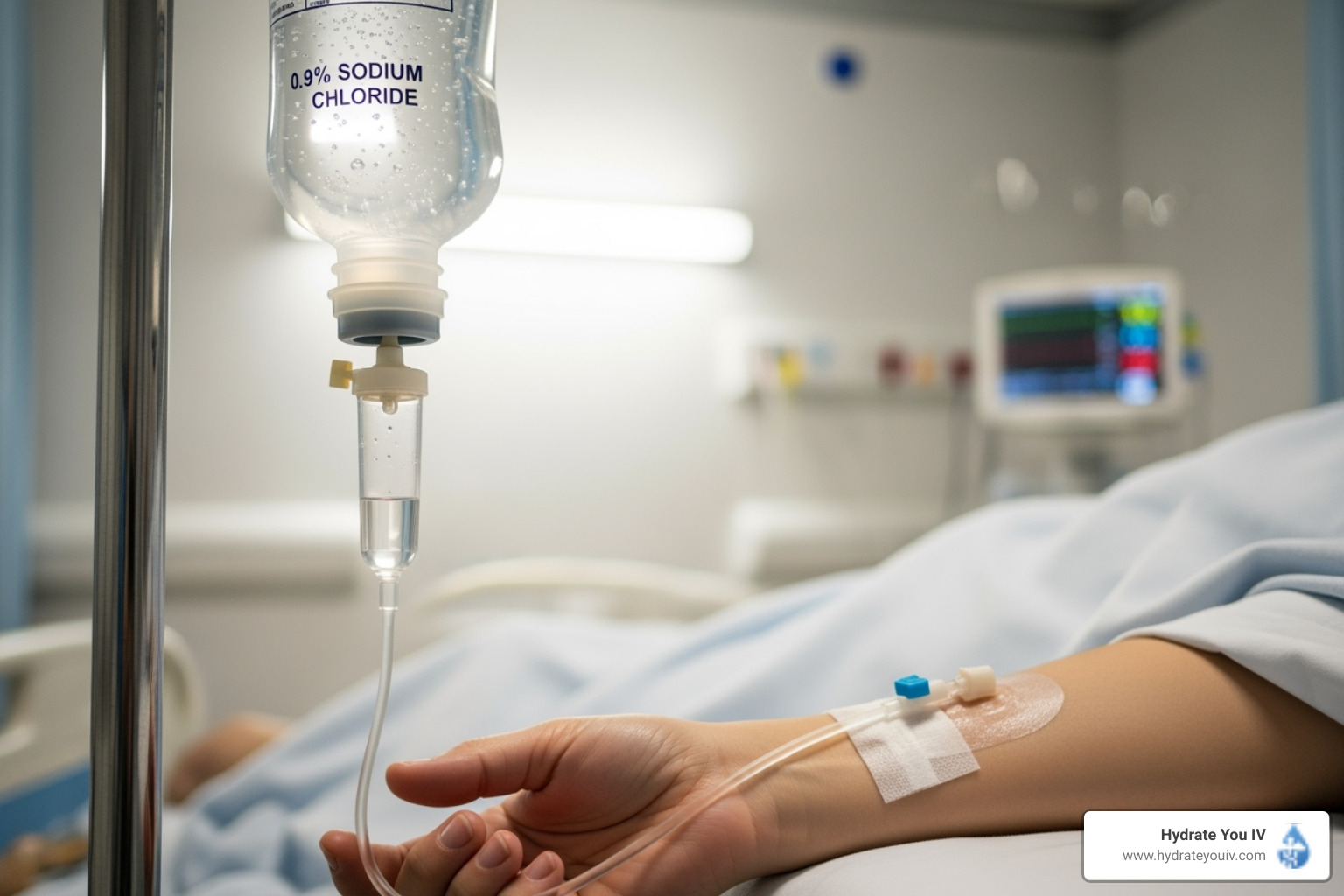Combat Post-Event Fatigue: How IV Therapy Revitalizes Your Energy Levels
Combat Post-Event Fatigue: How IV Therapy Revitalizes Your Energy Levels

After a strenuous event, whether it's a marathon, a big presentation, or even a family gathering, many people experience a slump in energy known as post-event fatigue. This article delves into how IV therapy can help restore energy levels, allowing you to bounce back quickly. Understanding the science behind fatigue, the importance of hydration, and how IV therapy functions are essential steps in mastering your recovery.
Understanding Post-Event Fatigue
Post-event fatigue is a common experience that can be both physically and mentally draining. After high-energy activities, your body needs time to recover, but factors like dehydration, nutrient depletion, or inadequate rest can exacerbate these feelings of fatigue. The aftermath of a significant event, whether it's a marathon, a concert, or a demanding work presentation, can leave you feeling depleted and yearning for rejuvenation.
The symptoms of post-event fatigue can feel overwhelming: fatigue, lack of concentration, irritability, and general malaise can hinder your ability to enjoy post-event relaxation. Grasping the reasons behind your fatigue can help you take proactive steps toward rejuvenation. Recognizing that these feelings are a natural response to exertion can empower you to implement effective recovery strategies, allowing you to bounce back more swiftly and fully.
The Science Behind Fatigue
Fatigue can be seen as a physiological response to stress or exertion. During intense activities, your muscles experience micro-tears, and your body uses up energy stores. The production of lactic acid during those activities can also lead to the feeling of tiredness, as it accumulates in the muscles. This biochemical process is part of the body's natural healing mechanism, prompting the need for rest and recovery to repair those micro-tears and replenish energy stores.
Moreover, neurotransmitters play a crucial role in how we experience fatigue. After physical exertion, the levels of serotonin can rise, making you feel sleepy. Understanding these mechanisms can help in choosing the right recovery methods, like IV therapy. Additionally, the role of cortisol, the stress hormone, cannot be overlooked; elevated levels post-event can contribute to feelings of fatigue and stress, further complicating the recovery process.
Common Causes of Post-Event Fatigue
- Dehydration: Losing fluids during events can lead to severe fatigue and impact overall performance.
- Nutrient Depletion: Vigorous activities drain essential vitamins and minerals required for energy production.
- Insufficient Rest: Not allowing your body adequate time to recuperate can prolong fatigue.
- Emotional Stress: Mental exhaustion can equally contribute to feelings of physical fatigue.
In addition to these common causes, the environment in which the event takes place can also play a significant role in post-event fatigue. Factors such as temperature, humidity, and altitude can affect hydration levels and overall energy. For instance, exercising in high heat can lead to quicker dehydration, while high altitudes may reduce oxygen availability, making physical exertion feel even more taxing. Furthermore, the psychological aspect of post-event fatigue should not be underestimated; the emotional highs and lows associated with significant events can leave you feeling drained long after the activity has concluded.
Recognizing the interplay between physical exertion and mental stress is crucial for effective recovery. Engaging in practices such as mindfulness, gentle stretching, or even light walking can help alleviate both physical and emotional fatigue. Incorporating restorative activities into your post-event routine can enhance your recovery process, ensuring that you return to your regular activities feeling revitalized and ready to take on new challenges.
The Role of Hydration in Energy Levels
Hydration is often an overlooked element of energy recovery. Water is essential for numerous bodily functions, including temperature regulation, nutrient transport, and waste removal. Without enough fluids, even the most minor physical activity can feel exhausting.
Keeping hydrated isn't just about drinking water; it involves ensuring that your body has enough electrolytes to function properly. This is particularly important after events that cause heavy sweating.
How Dehydration Affects Your Body
When the body becomes dehydrated, it can lead to symptoms ranging from dry mouth to more severe health issues. Just a 2% decrease in hydration can lead to fatigue, confusion, and a dramatic decrease in physical performance. Hydration helps maintain blood volume, essential for carrying oxygen and nutrients to tissues. If you're low on fluids, your body struggles to perform these basic functions effectively.
Hydration and Energy: The Connection
Research suggests that well-hydrated individuals experience less fatigue during and after physical events. This is because proper hydration optimizes physical performance and speeds recovery. Whether through sports drinks or IV therapy, maintaining hydration can drastically improve how you feel post-event.
Introduction to IV Therapy
Intravenous (IV) therapy has emerged as a popular option not only in clinical settings but also for wellness and recovery purposes. It involves delivering fluids, vitamins, and minerals directly into the bloodstream, thereby bypassing the digestive system for quicker absorption.
This method can be particularly beneficial for individuals recovering from post-event fatigue, as it ensures that essential nutrients reach the body immediately, providing rapid support to tired muscles and energy levels.
What is IV Therapy?
IV therapy is a medical process where a fluid-filled bag connected to a needle is inserted into a vein. It ensures the body quickly gets hydration and nutrients necessary for recovery. There are various types of IV drips available, each formulated for different needs and goals.
The Process of IV Therapy
The process of IV therapy is quite straightforward. It typically starts with a consultation to assess your specific needs, followed by the selection of an appropriate IV solution. Once everything’s ready, a qualified professional will insert a small catheter into your vein to start delivering the fluids. The whole process can take anywhere from 30 minutes to a couple of hours, depending on the type of therapy chosen.
IV Therapy for Energy Revitalization
Using IV therapy to combat post-event fatigue is a growing trend among athletes and busy professionals alike. By replenishing lost electrolytes and nutrients, IV therapy acts as a catalyst for restoring energy levels.
The infusion of fluids contains a mix of vitamins and minerals tailored to boost recovery, making it an effective tool against fatigue.
How IV Therapy Boosts Energy
IV therapy directly impacts your energy levels by providing essential nutrients your body may lack following exertion. Vitamins such as B12 and C are vital for energy production, while minerals like magnesium help combat fatigue. By administering these nutrients directly into your bloodstream, IV therapy enhances immediate absorption and utilization.
The Benefits of IV Therapy for Post-Event Fatigue
- Fast Rehydration: Restores hydration levels quickly.
- Nutrient Replenishment: Supplies essential vitamins and minerals directly.
- Customizable Treatments: Tailor the therapy to your individual needs.
- Boosts Immune Function: Helps maintain health, preventing future fatigue.
Safety and Efficacy of IV Therapy
With any form of therapy, safety and efficacy are paramount. While IV therapy has shown impressive results for many seeking recovery from fatigue, it’s crucial to understand its safety profile.
Is IV Therapy Safe?
Generally, IV therapy is considered safe when performed by trained professionals. Side effects can occur but are usually mild, including minor discomfort at the injection site or temporary changes in blood pressure. Consulting with a healthcare provider before starting IV therapy is advised to ensure it aligns with your health needs.
The Effectiveness of IV Therapy in Combating Fatigue
Numerous studies indicate that IV therapy can significantly reduce recovery time and enhance energy levels. Many athletes report feeling revitalized after treatments, allowing them to train harder and recover faster.
Ultimately, IV therapy represents a compelling option for those struggling with post-event fatigue, providing immediate benefits for those eager to boost their energy levels and overall wellbeing.

